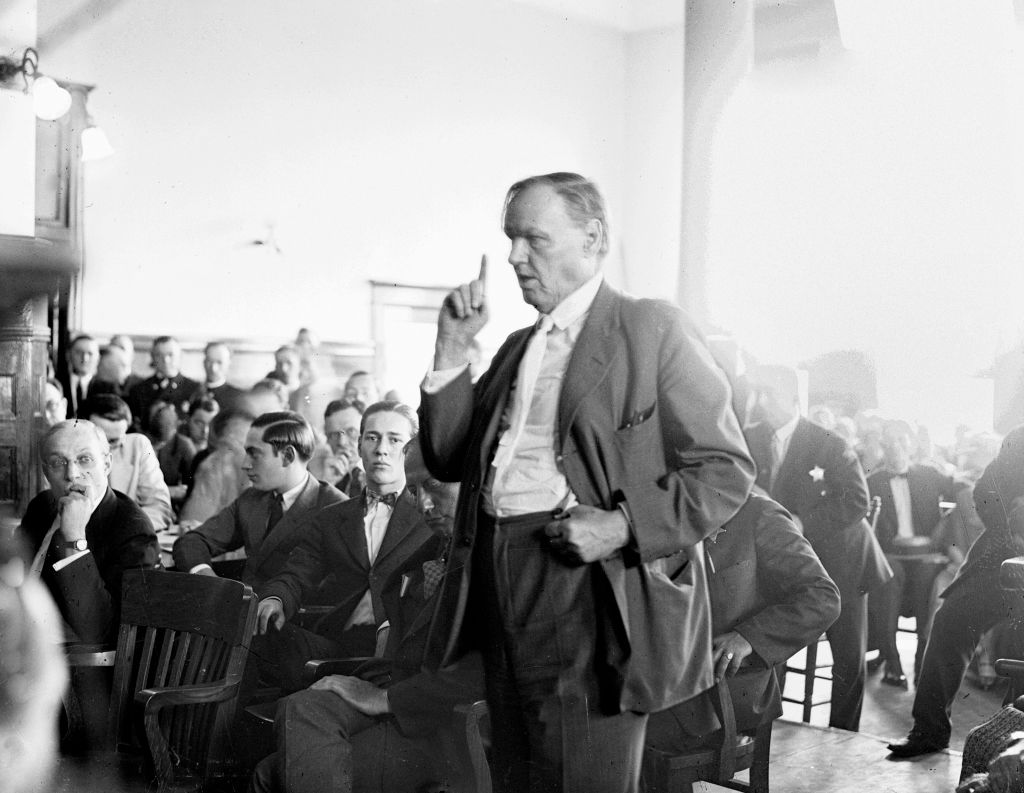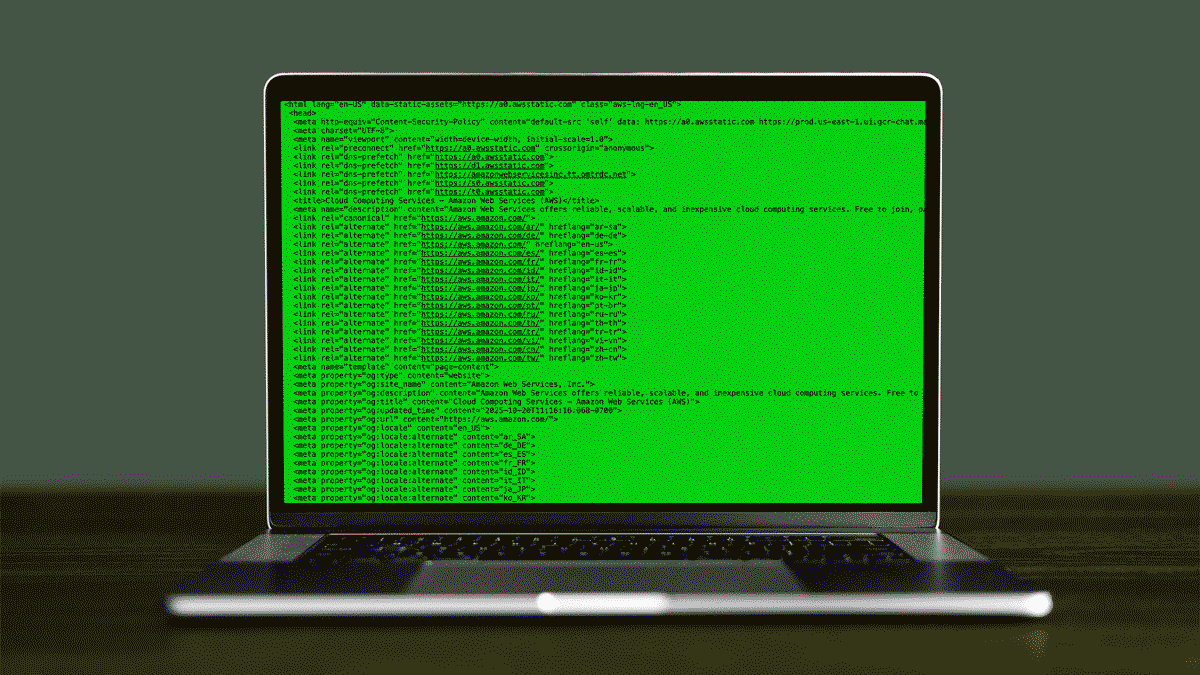Tipping etiquette: With old norms gone, how do I know when to tip?
Tipping etiquette — once relatively simple and straightforward — has been upended in the last few years, as a global pandemic, the rise of third-party delivery services and the proliferation of digital payments upend social norms.
Customers could once rely on a fairly standard 20% tip to reward good service from restaurants and other workers.
But automatic prompts from retailers to tip everyone — from the cashier who rings up your purchase or hands you a coffee to retail salespeople — have left many customers wondering, "Do I really have to tip for this? And if so, what's an appropriate amount?"
And the rise of third-party delivery apps like DoorDash and Uber Eats, which tack on a slew of fees that appear to include delivery charges, can leave customers feeling less than generous toward delivery people themselves.
"Sticker shock"
"Part of the issue is the rise in cost of everything at this point," Brian Warrener, a professor of food and beverage operations at Johnson & Wales University, told CBS News. "Inflation has been so persistent for so long that folks are now paying way more than they have in the past just for the food and I think that there is almost sticker shock."
With prices already inflated, adding an additional 20% to the bill can be hard to stomach, he added.
"Folks are less, I think, willing to throw on a really generous tip," he said.
- How "tipflation" and "tip creep" are sparking a backlash
- Are tip requests getting out of hand? Many consumers say yes.
The upheaval of old norms leaves some customers — who would normally be inclined to tip delivery people — at a loss. Warrener acknowledged that old standards are no longer relevant.
"We were always pretty good at saying people in this particular area deserve this kind of gratuity, these people shouldn't get a gratuity. It was kind of easy to establish norms for tipping," he said.
But the pandemic shook up expectations. For a while, tipping surged, as Americans were eager to reward delivery people who braved the outdoors to deliver food when dining in restaurants was prohibited. That quickly faded, and, with inflation near record highs, some people are suffering from so-called "tipping fatigue."
"A lot of us were tipping extra. Some of us have continued to tip extra. But most of us are more interested in knowing what those norms are again," Warrener said.
Flat rate
Warrener's rule of thumb is to tip delivery people, whether they're on foot, bike, or in a car, between $3 and $5 depending on the cost of the meal and how far they travel.
Indeed, a delivered meal for a large family can be costly, and a 20% tip can seem exorbitant, hence his recommendation to tip a flat fee.
Other customers are frustrated when they order a coffee or purchase a snack or bottle of water — only to be faced with a digital payments screen that asks them to leave a tip, when one doesn't necessarily seem warranted.
These kinds of prompts can usually be ignored, Warrener said. However, if you frequent a particular business where the service is exceptional, or you order something complicated that a bartender has put extra effort into making, leaving a $1-$2 tip might be warranted, according to Warrener.
In summary, Warrener said, gratuity should be viewed as a bonus "for extra effort and outstanding service."
"So if you see that, I think it's ok to provide a little bit of extra cash," he said.





